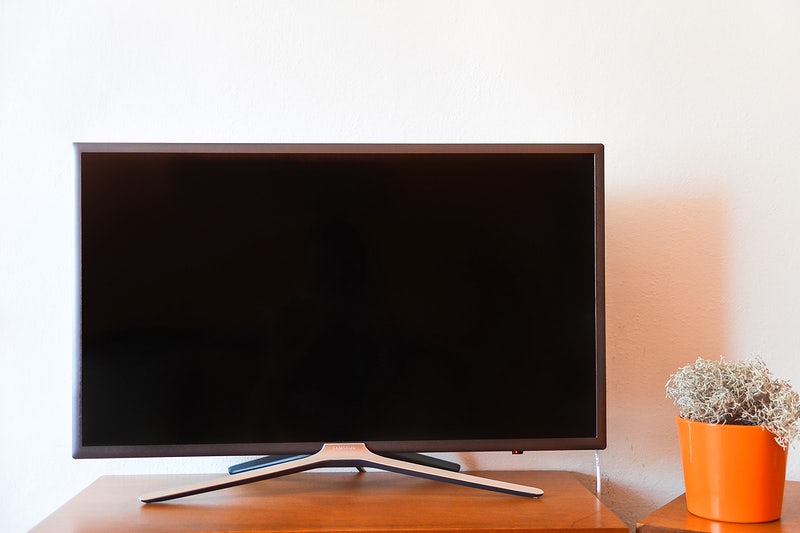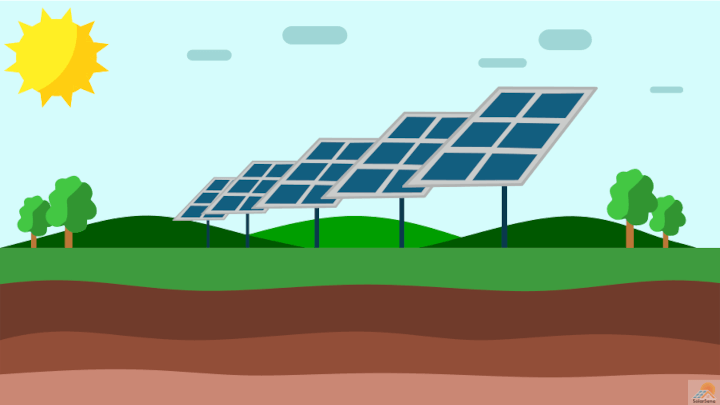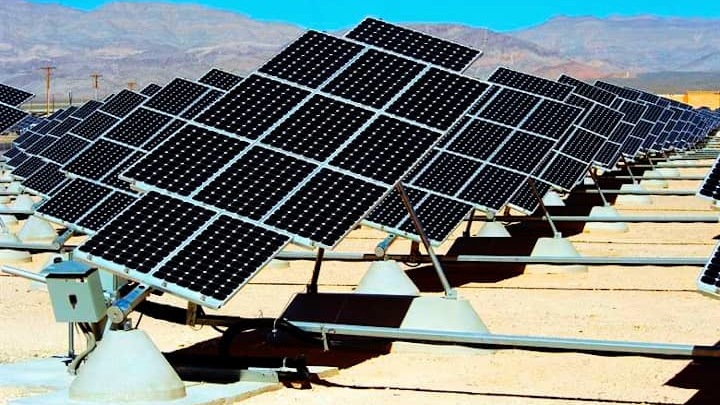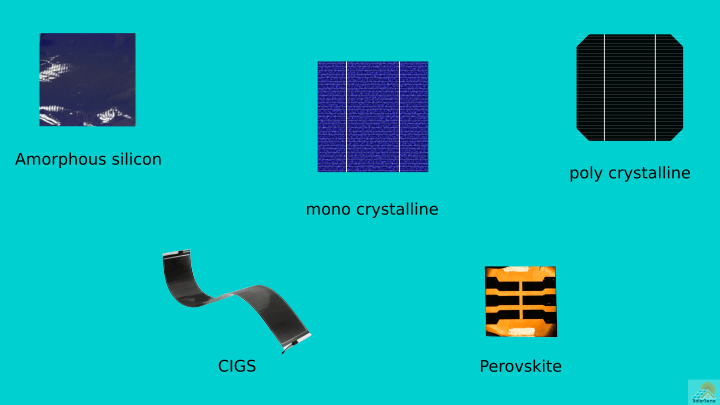A solar powered TV offers you nearly unlimited, off-grid, remote entertainment. If you have a reliable, high-quality brand, you’ll never have to worry about keeping yourself or your kids busy when there’s a blackout. Additionally, you can feel better knowing that the energy used to power your television has been generated in a sustainable way.
Spending hours in front of your television is easy when you’re trying to relax, however, all this time can lead to a significant electricity bill if you are watching at home. Even if you don’t spend much time watching TV, a solar powered TV can help reduce your power bill and provides you with clean, sustainable energy.
Throughout this article, I’ll give you a few reasons to buy a solar-powered TV, explain how much power they use, and take you through why I believe it’s a good investment. If you want to learn more about solar and why it is such a great source of renewable energy click here!
Reasons to Buy a Solar Powered TV
It’s Eco-Friendly
If you have a solar-powered TV, you can watch unlimited shows without feeling guilty! Solar-powered TVs don’t use electricity produced in conventional manners that are contributing to global climate change. Using solar power reduces your carbon footprint, this is a great reason to think about getting a solar powered TV.
Save Money using a solar powered TV
You can save a significant amount of money by switching to solar. No matter how much your television is on, it is never free. You will always need to pay for the electricity that you use to run it. However, if you switch to a solar powered TV you won’t ever see a charge on your power bill.
You Can Binge During Blackouts
A solar TV ensures uninterrupted binge sessions even when there’s a blackout. You won’t have to worry about routine maintenance or electricity shutdown disturbing your TV breaks.
Solar Powered TV’s are portable
Most solar-powered TV sets are portable. If you buy a travel-friendly one, you can use it anywhere you can access sunlight. Think camping trips, outdoor movie nights, and picnics, the possibilities are endless for where you can watch!
Solar Powered TV Power Use
Larger solar-powered TVs use more energy than small ones. If you’re a regular binger and your job description includes Netflix, you’ll also use more power. Use the following calculation to see how many solar panels your TV will likely need.
Multiply the amount of Watts your TV uses with how many hours of TV you typically watch in a day. Then add 10 – 20%. This result indicated how many Watts your solar panels need to power your TV.

Use the following calculation to see how big your solar TVs battery should be.
Divide the Watts of your TV by the Volts of the battery. The Watts of the TV should be on the label. This result indicates the amount of Ah your battery needs to be.
Most solar-powered TVs have the properly sized batteries and correct number of solar panels for easy installation, so you don’t need to stress if you need to buy it yourself. You’ll find all the information on the packaging or label on the TV. However, if you do feel like setting up your solar powered TV your self, here is all the information you will need.
AC vs. DC: You can choose between an AC television or DC one. Find out what current your TV uses by checking the label or the adapter. If it uses AC, you should use an inverter to change the current from AC to DC.
How to Set Up a Solar Powered TV
What You’ll Get When You Purchase Your TV:
- Solar panel to keep the battery charged
- Battery installed at the back of the TV
- Remote Control
- Antenna with a long cable
- Solar Cable
If no technician comes out to install your new solar TV, it’s pretty easy to do yourself. The TV can be up and running in no time, with just 5 easy steps!
Step 1: Affix the solar panel to the roof or wall where it’ll be exposed to maximum sunlight.
Step 2: Use the solar cable to connect the panel with the TV by plugging it into the ‘Solar-In’ port.
Step 3: Turn the TV on by using the remote control and the switch situated on the TV.
Step 4: Plug the smart antenna into the port on the TV. The light on the antenna will turn green. I recommended mounting the antenna outside for a better signal.
Step 5: Use the remote and the guide on the screen to set your new solar-powered TV up.
Are Solar Power TVs Worth the Investment?
Whether you should invest in a solar-powered TV really depends on your reasons for wanting one. If you need entertainment in your RV while camping or you’re simply fed up with blackouts leaving you on a cliffhanger, then a solar-powered TV could make all the difference.
The Cost
Fully solar-powered TVs are still in development and not widely available yet. The average cost of these TV sets is unclear, but it’s unlikely to break the bank.
Ultimately, the initial cost of buying this TV will be much less than the amount your regular TV adds to your electricity bill in a year. It really is an excellent long-term investment.
The Quality
Solar-powered TVs have high-quality LCD screens that won’t make your eyes water. Of course the quality depends on the specifications of the TV you actually purchase, however, overall, the quality of solar poweredTV’s is as good as traditional television sets.
The Durability
TVs driven by solar power won’t leave a hole in your pocket and are designed to last a long time. You won’t have to fix or replace them regularly. The battery life of the TV’s battery depends on how much exposure your solar panels get to direct sunlight. A fully charged battery should get you through a few movies pretty easily, and the best part is that the battery recharges automatically once the sun comes out!
Conclusion
If you don’t have the funds to go entirely off-grid at once, steady progress will get you there. You can start by using less energy or switching single appliances and devices out for solar-powered models. The initial cost per device might seem steep when you’re getting ready to pay, but solar-powered appliances are designed to last longer. A solar-powered TV, for one, will bring you double its value when the power is out!
Solar-powered TV might not be as popular yet, but with new designs and models in development, the market will soon be booming with these. I hope you enjoyed this SolarSena article! If you have more questions about solar-powered TVs, please ask them in the comments down below.




